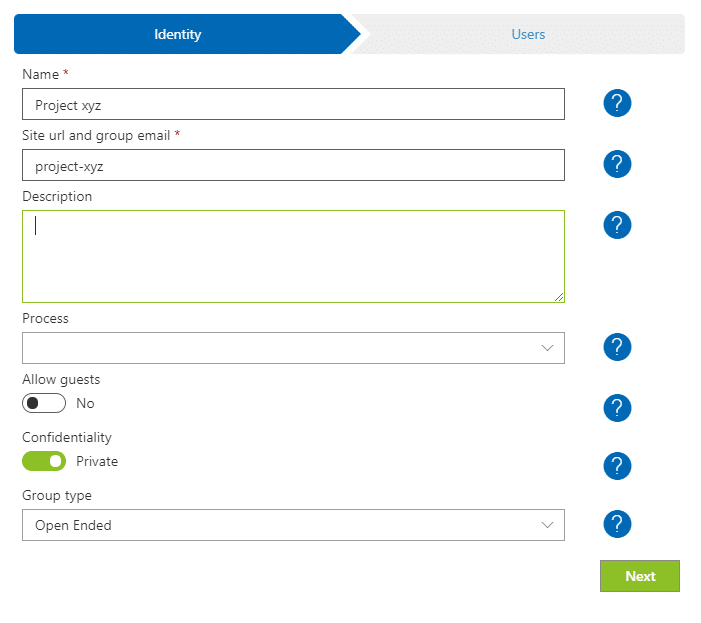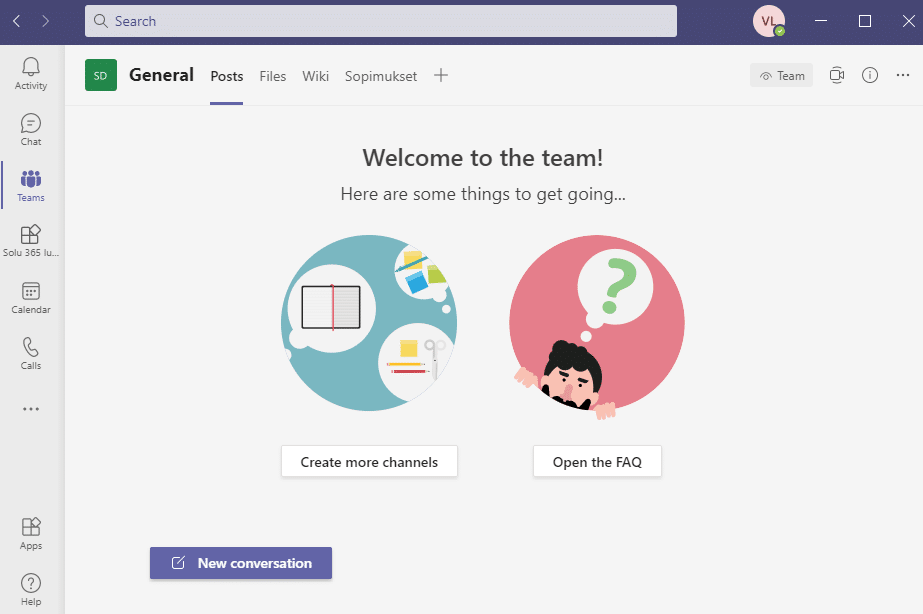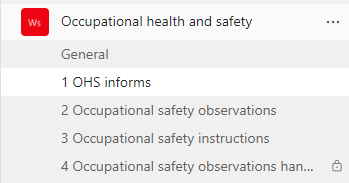Teams groups and channels creation should be done carefully to ensure the effective use of Teams by the organization. Take advantage of our tips for setting up Teams groups and channels.
Teams bring together a range of people, content and tools, while channels organize work and discussions according to specific topics, projects and disciplines, for example.
Inconsistent practices in setting up teams and channels most often lead to uncontrolled creation, processing, and sharing of information, documents, and Teams groups, which compromises data security. Read our tips for successfully creating teams and channels.
Tip 1: Automate the process of creating groups and channels
All the steps mentioned above to set up the necessary tools and user groups take time just to create one team. Imagine doing the same steps many or even dozens of times – the large amount of time spent on this work could be better spent focusing on the essentials of working and collaborating with other employees.
All of this — creating teams, channels, tabbed resources, document templates, folder structures, and other tools like Planner task containers and OneNote memos — can be automated with Solu 365®, making your work more efficient and saving time. With Solu 365® automation, Teams groups can be created and managed according to use cases defined by the organization.
A clear and simple process for creating Teams groups with instructions helps users create groups with the right settings and tools for different uses, such as project groups and external collaboration groups. Solu 365 allows users to structure information and control how it is shared with specific users. Inviting external users is restricted to the group level securely.

Tip 2: Define group naming policies for your entire organization
It is a good idea to adopt consistent policies across the organization for naming groups. The name of a team can be the names of departments, functions, and locations of business units or locations that are familiar to everyone, based on organizational structures and hierarchies. The project name or commonly used abbreviations or letter combinations also work well.
Creating and naming Teams groups inconsistently according to users’ own definitions and interpretations can quickly get out of control. As a result, groups and the information processed in them may be duplicated, the wrong people are involved in the wrong groups, and the information is fragmented in different storage locations, and collaboration suffers.
Tip 3: Name multiple owners for your Teams group
Team members come and go. For this reason, teams should have at least two designated owners so that the group does not become an orphan, which makes it difficult to manage.

Read more tips on managing Teams groups here.
Tip 4: Number the channels in the order you want
Once you create channels for your team, Teams will automatically arrange them in alphabetical ascending order. However, the private channel identified by the lock icon is only visible to its members.
The numbering of channels in the desired order clarifies the order of values determined by the team owner, for example for work processes, areas of activity or project phases from planning to implementation and reporting.

Read more tips on managing Teams channels here.
Tip 5: Take advantage of the team’s General channel
The General channel is created for each new group by default. The channel cannot be removed from the team or favorite channels, nor can it be renamed. The General channel is always first in the team’s channel listing. If your teams have many channels, use hide or show function for the channels you use the most.
Use the General channel for different purposes:
- Use it to share an overview of what the team wants to achieve, such as a project charter or an introduction of team members (especially in collaboration between different departments, where not everyone may know each other and their job descriptions).
- Use it to onboard new team members and for other information that would be useful to new team members.
- Use it for announcements or configure a suitable connector to send your status reports to this channel.
- For new or single purpose teams, it may be the only channel at the beginning when deciding how Teams can best support your goals.
Read more of our tips for streamlining and managing Teams:
- Using Microsoft Teams effectively: 5 Tips for Teams settings
- Using Microsoft Teams effectively: 5 Tips for working with meetings
- Using Microsoft Teams effectively: 5 Tips for activating participants in meetings
- Using Microsoft Teams effectively: 5 Tips for a good meeting experience
- Using Microsoft Teams effectively: 5 tips for teams
- Using Microsoft Teams effectively: 5 tips for channels
- Using Microsoft Teams effectively: 5 tips about tabs
- Using Microsoft Teams effectively: 5 tips about bots
- Teams management with Solu 365® workgroup automation
- Automate project management with the Solu 365® tool
Download Microsoft Teams guides
Download our guides to smooth Teams group management and make your organization’s virtual work easier. Leave your contact information and we will send the guides to your email.








